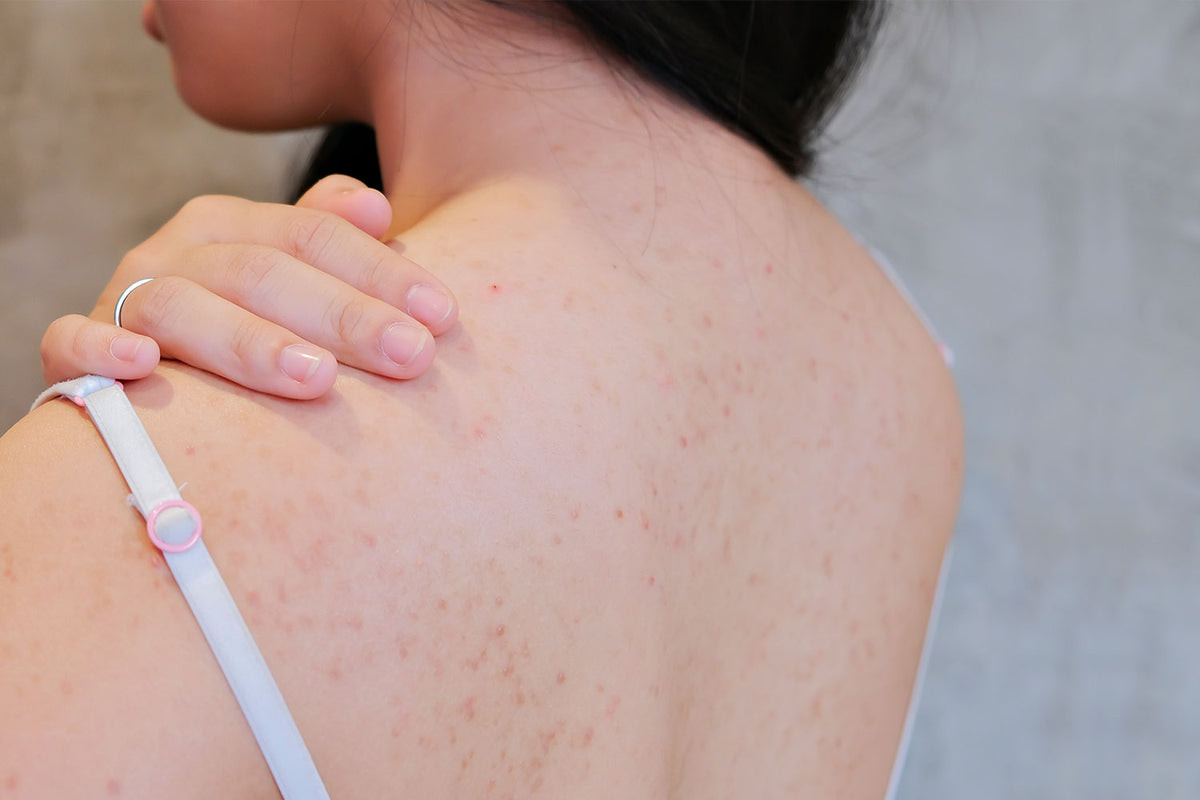Fungal Acne from Workout Clothes: Prevention Tips for Beauticians
As a beautician, understanding the nuances of skin health is essential to providing optimal care to your clients. One often overlooked issue is fungal acne that can result from wearing workout clothes. Ensuring your clients are informed about how to properly care for their skin can prevent this bothersome condition and boost their overall skin health.

What is Fungal Acne?
Fungal acne, though often confused with traditional acne due to its appearance, differs significantly as it is caused by an overgrowth of yeast known as Malassezia. This yeast thrives in warm, moist environments, making it a common issue for those who frequently wear tight, sweaty clothes, such as workout gear.
Why Beauticians Should Care
Educating your clients about the difference between fungal and bacterial acne will enhance your reputation as a skincare expert. As more people embrace fitness, the potential for fungal acne from workout clothes increases, making it a crucial discussion topic in your skincare consultations.
How Workout Clothes Contribute to Fungal Acne
Workout attire is often designed to be tight-fitting and moisture-wicking, which, although beneficial for performance, can trap sweat and heat against the body. This environment creates a perfect breeding ground for Malassezia, leading to an increased risk of developing fungal acne.
Preventative Measures: Advice Beauticians Can Give Their Clients
Your clients can adopt several strategies to minimize the risk of developing fungal acne from workout clothes. Encourage them to change out of sweaty clothes immediately after exercise and to shower as soon as possible. They should also opt for breathable, loose-fitting fabrics that allow the skin to remain dry and cool.
Another useful tip is to recommend washing workout gear regularly, emphasizing the importance of using gentle, non-irritating detergents that are less likely to disrupt the natural balance of the skin's microbiome. Avoid Acne After Spin offers additional insights on managing skin issues associated with workout clothes.
Skincare Regime Adjustments
Incorporate products specifically formulated to address fungal acne into your clients' skincare regimens. Look for cleansers and treatments containing ketoconazole, tea tree oil, or zinc pyrithione, known for their antifungal properties. These ingredients help counteract the overgrowth of yeast on the skin.
Additionally, educating clients about the importance of avoiding heavy, oil-based products that can exacerbate fungal acne is crucial. Suggest oil-free, nourishing moisturizers to maintain skin hydration without contributing to the issue.
Supplemental Skin Care Advice
For a holistic approach, combine skincare guidance with lifestyle changes. Encourage clients to maintain a balanced diet rich in antioxidants and to stay hydrated, which supports overall skin health. Resources like Body Acne Management provide valuable insights for enhancing these overall wellness practices.
Conclusion
As a beauty professional, staying informed about skin conditions like fungal acne is vital. By providing clients with up-to-date knowledge and skincare solutions, beauticians can significantly improve their clients' skin health, ensuring that their beauty routines contribute positively to their lives.

FAQs
How do workout clothes cause fungal acne?
Workout clothes often trap moisture and heat against the skin, creating an ideal environment for yeast overgrowth, contributing to fungal acne.
Can fungal acne be mistaken for bacterial acne?
Yes, fungal acne often resembles traditional acne but stems from a different cause, requiring distinct treatment approaches.
Are there specific products to combat fungal acne?
Yes, products with antifungal ingredients like ketoconazole or tea tree oil can effectively manage and reduce fungal acne symptoms.
For further guidance on skincare regimens and best practices, refer to this comprehensive guide.
This article contains affiliate links. We may earn a commission at no extra cost to you.

